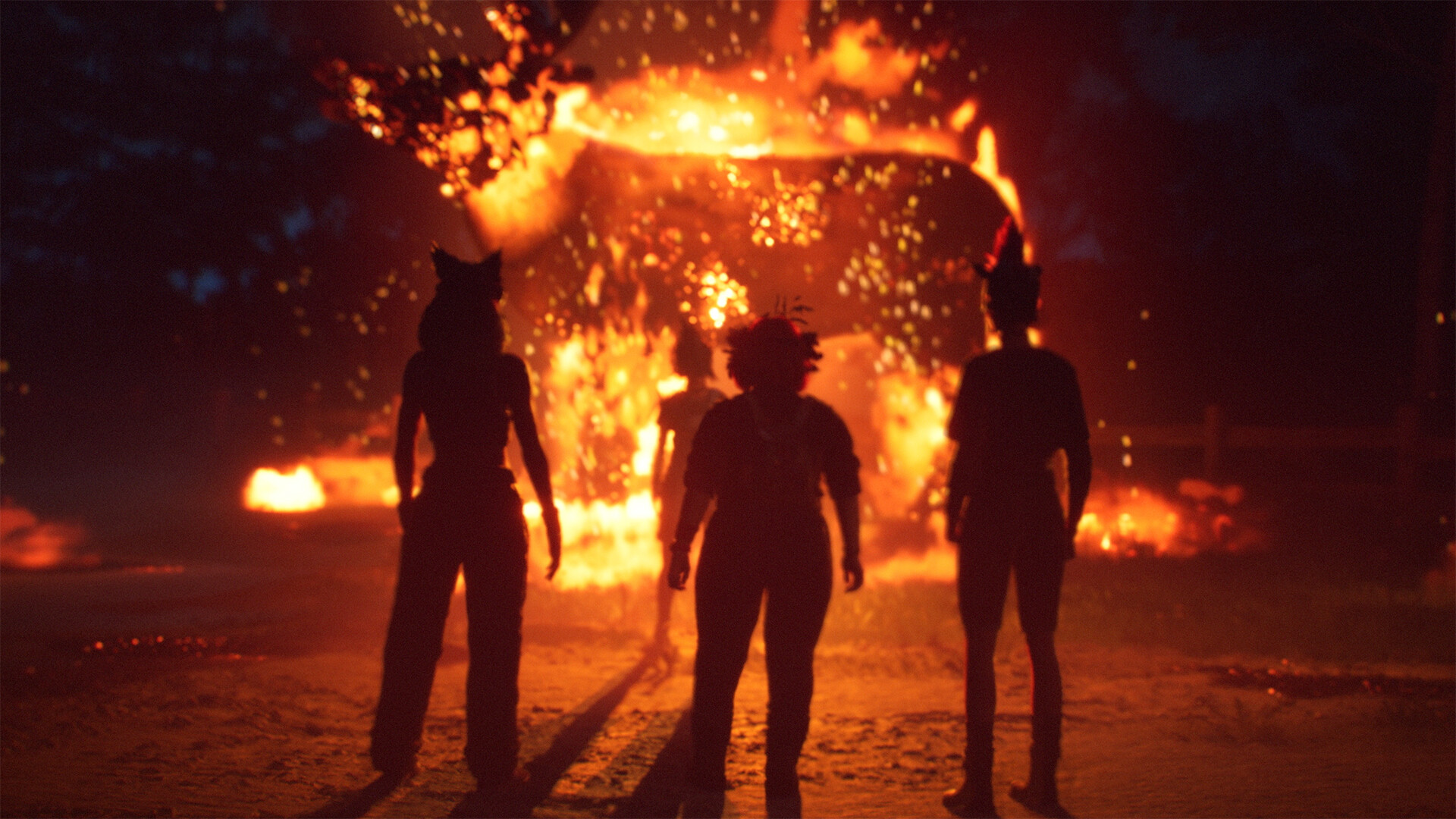Retro Gamer celebrates Namco’s Ridge Racer series
Ex-Namco members revisit the iconic arcade racer

It has been 30 years since Ridge Racer first hit the PlayStation, and Retro Gamer is looking back at the franchise’s impressive back catalog of games. The original arcade hit debuted in 1993, convincing Jerry Momoda to join the company. “I was teased with an early look at Ridge Racer, and I was so impressed,” he recalls. “It was state-of-the-art 3D that included texture mapping and Gouraud shading – and all this at 60fps.”
Famed for its distinct location and bright visuals, Jerry mentions that Ridge Racer’s look was partly due to Namco’s president at the time. “The chairman and founder of Namco, Mr Nakayama, was really into movies and the film industry, and back in the day Namco owned a movie studio,” he explains. “I think this passion influenced the look and feel of Namco’s games. Ridge Racer’s setting was fictitious. It was partially based on driving in mountainous areas, which was popular at that time in Japan.”
Retro Gamer’s feature looks at all the core racing games in the series, including Ridge Racer V, which Mike Fischer was involved with. “In Ridge Racer V we changed to a new race girl, and the Japanese team sent us all kinds of incredible concept art,” Mike comments. “It was beautifully rendered CG art, but then at some point we got this urgent midnight phone call telling us to stop everything, not to release any art and to not let anyone see it. What had happened was that her necklace was modeled off a real piece of Tiffany jewelry. I don’t know if they had been notified by the Tiffany Corporation or if in the course of internal work somebody asked about it, but they had to go back and re-do all of her art.”
The Ridge Racer journey concludes with a look at Ridge Racer Unbounded, the last game in the series, and one that’s proven to be somewhat divisive. The feature also examines the many Ridge Racer spin-offs, from Ridge Racer 64 to the two Ridge Racer PSP games and the numerous mobile titles that have since been released.
Outside of the magazine’s exclusive Ridge Racer coverage, issue 264 of Retro Gamer also goes behind the scenes of the ambitious Ubisoft adventure Beyond Good & Evil, The Legend Of Kyrandia, and Keystone Kapers. There are also in-depth features on Die Hard Arcade and Super SWIV, while David Wise discusses his 40-year career making music for video games. The latest Retro Gamer Guide covers Konami’s excellent 2D arcade games, Echochrome is championed as a Future Classic, while Nick Thorpe explains what happened to the lost Mega Drive puzzle game Flash Point.
There’s plenty more to enjoy in the issue, but you can discover it for yourself by buying a copy of the magazine or subscribing.
Sign up to the GamesRadar+ Newsletter
Weekly digests, tales from the communities you love, and more
Retro Gamer is the world's biggest - and longest-running - magazine dedicated to classic games, from ZX Spectrum, to NES and PlayStation. Relaunched in 2005, Retro Gamer has become respected within the industry as the authoritative word on classic gaming, thanks to its passionate and knowledgeable writers, with in-depth interviews of numerous acclaimed veterans, including Shigeru Miyamoto, Yu Suzuki, Peter Molyneux and Trip Hawkins.



